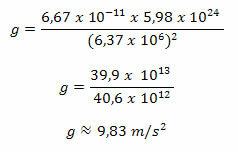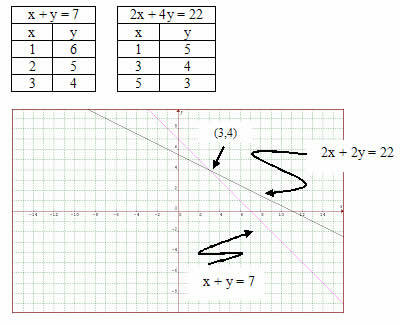The urbanization process in the world had a great acceleration, mainly from the 60's, when an extremely fast and often disordered growth took place. Some cities, in different parts of the planet, have extended their urban fabric, transforming themselves into megacities.
One of the main reasons for the growth of several cities was, among others, the industrialization process and the mechanization of agriculture. In this way, the field somehow “expelled” workers who could not find work in this sector, almost simultaneously the industries became installed in cities attracting this entire population contingent from the countryside, this migratory flow is a phenomenon called exodus rural.
The growth of cities promoted by industry generated a growth in other areas of activity, such as the provision of services and retail trade, which soon reached neighboring municipalities.
The expansion of urbanization in a municipality makes it join with another neighbor, forming a single urban mesh, that is, continuous areas consisting of residential, commercial, industrial and public buildings, this is known as conurbation, in other words there are no rural boundaries between the cores involved. Several Brazilian cities have this configuration, São Paulo is an example, as it has already spread with the municipality of Santo André, among others.
Conurbation areas are not completely deprived of rural areas, often small properties that produce fruits and vegetables that are sold in the surrounding cities remain.
The intense urban growth promoted the emergence of metropolises, these correspond to large urban areas constituted by the union between two or more cities and is formed by the phenomenon of conurbation, metropolises generally exert great influence on other cities of lesser expression, in this context we can mention some that stand out at the regional, national and international level, such as New York, London, Paris, Tokyo, Osaka, Mexico City, São Paulo, nowadays.
The accelerated growth of metropolises can provide the emergence of megalopolises, which correspond to to the conurbation between two or more metropolises, forming an immense and agglomerated urban space and populational.
In the first half of the 20th century, only the cities of London, in England, and New York, in the United States, had a population of over 10 million people. In the 21st century, there are 16 cities on the planet that reach numbers equal to and greater than 10 million, the prospect is that by 2025 there will be at least 25 cities with these characteristics.
By Eduardo de Freitas
Graduated in Geography
Source: Brazil School - https://brasilescola.uol.com.br/geografia/metropoles-megalopoles.htm


